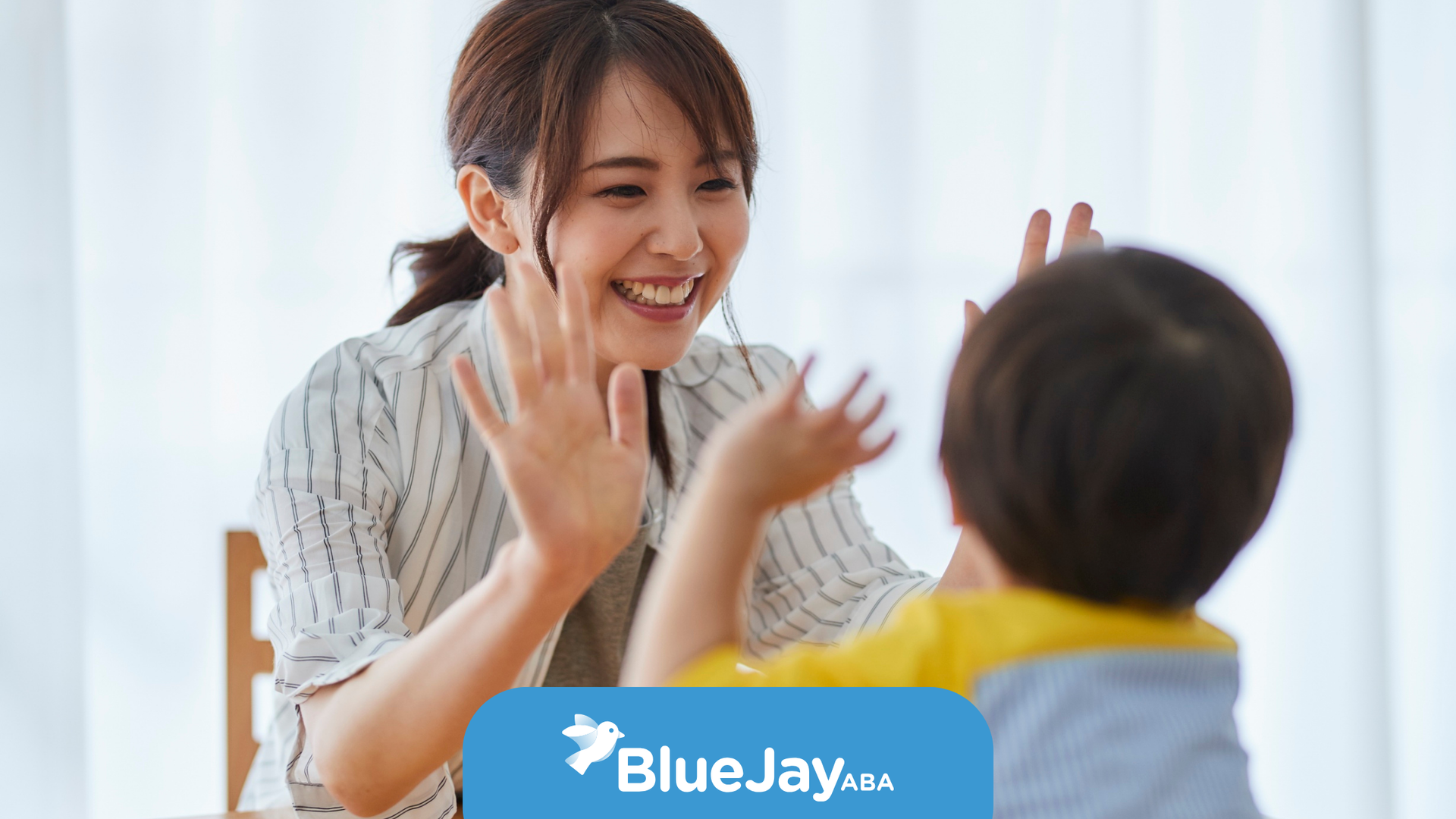How to Teach an Autistic Child a Second Language | Blue Jay ABA
Many parents wonder how to teach an autistic child a second language without overwhelming them. The good news is that autistic children can successfully learn another language—especially when teaching methods match their learning style.
Start with visual supports, such as picture cards, labeled objects, or simple word–image pairings. Autistic children often learn best when language is paired with something they can see or touch. Use repetition and routines, introducing new words during daily activities like meals, playtime, or morning routines.
Model the new language naturally—saying simple phrases like “agua (water), please” or “bonjour, good morning!” Songs, games, and interactive stories make learning enjoyable and predictable. Celebrate small milestones to build confidence.
Avoid overwhelming your child by keeping lessons short and consistent. Some children may begin by echoing single words or phrases before using them independently—and that’s okay.
ABA therapy can also support second-language learning by strengthening foundational skills such as imitation, attention, and communication.
At Blue Jay ABA, we help children build meaningful language skills—whether in one language or two—through personalized, compassionate, evidence-based support.
Frequently Asked Questions
Can autistic children learn a second language?
Yes. Many autistic children can learn a second language when taught using structured, visual, and consistent methods.
What teaching strategies work best?
Visual supports, repetition, routines, modeling, and incorporating the new language into daily activities are highly effective.
Will learning two languages confuse my autistic child?
No. Research shows bilingualism does not harm language development in autistic children.
Related Posts






